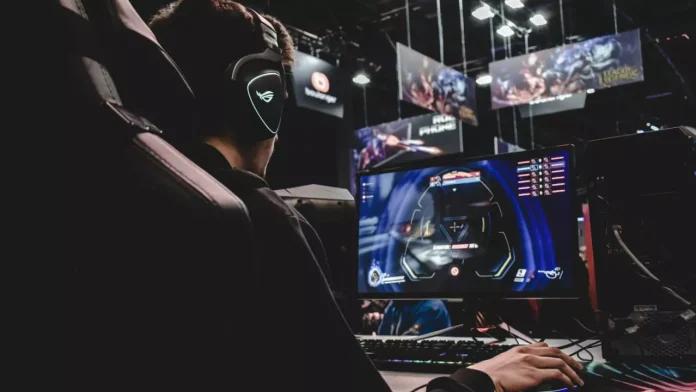The latest advances point to a horizon without delay in online video games, allowing a fluid experience that enables greater immersion in virtual worlds.
A use test carried out jointly by Vodafone and Nokia has managed to reduce the latency or delay, that is, the response time, from 550 to 12 milliseconds when accessing a website via WiFi. The manufacturer and the operator have achieved this achievement by using a new Internet standard called L4S , developed by the Nokia Bell Labs laboratory.
More specifically, this new standard has been shown to be able to simultaneously maintain high data throughput (customer traffic) and low latency, in a test carried out at Vodafone ‘s laboratory in Newbury, United Kingdom. L4S means “low latency, low loss and scalable” , and as both companies explain in a press release, it manages to neutralize delays in queues. These delays are one of the main reasons behind network latency spikes, posing a serious problem for many professional gamers.
Specifically, latency or delay occurs when data packets wait in network buffers, for example in routers and modems, before being sent to their destination.
The test used a fiber-to-the-home (FTTH) replica link, serving a standard laptop over a Wi-Fi broadband connection. A “worst-case scenario spike” was simulated at this link to check its effectiveness in reducing the delay. Thus, access to a web portal was achieved, reducing the time from 0.55 seconds to 0.012 seconds “while maintaining fast speeds,” details the NdP.
The same test was repeated using an Ethernet cable instead of Wi-Fi, and in this case, the latency was reduced to just 1.05 milliseconds (0.00105 seconds). With all this, L4S can simultaneously maintain high data throughput (customer traffic) and low latency.
A big difference for players
The implementation of this L4S would significantly improve the experience of resource-intensive Internet uses, such as online video games. A latency of 100 milliseconds can cause a palpable delay in video games or video calls, so a reduction of 500 milliseconds of delay, as the experiment has achieved, has the potential to improve online multiplayer modes.
The new standard is supported by the main Internet standards body, the Internet Engineering Task Force (IETF), both entities have noted. The tests were carried out with passive optical networks (PON). However, this technology can be applied to any type of connection, whether mobile or fixed. In addition, they warn of other possible uses in addition to video games, such as remote surgery, autonomous vehicles or smart factories that use the industrial Internet.
The director of Vodafone’s Fixed Access Center of Excellence, Gavin Young, commented that L4S will allow us to “offer our customers a more interactive and tactile Internet experience.” For his part, the director of Network and Security Systems Research at Nokia Bell Labs, Azimeh Sefidcon, assures that the L4S will be useful for “video conferencing, cloud gaming, augmented reality and even remote drone operations would be executed.” seamlessly over the Internet, without experiencing significant delays in queues.














